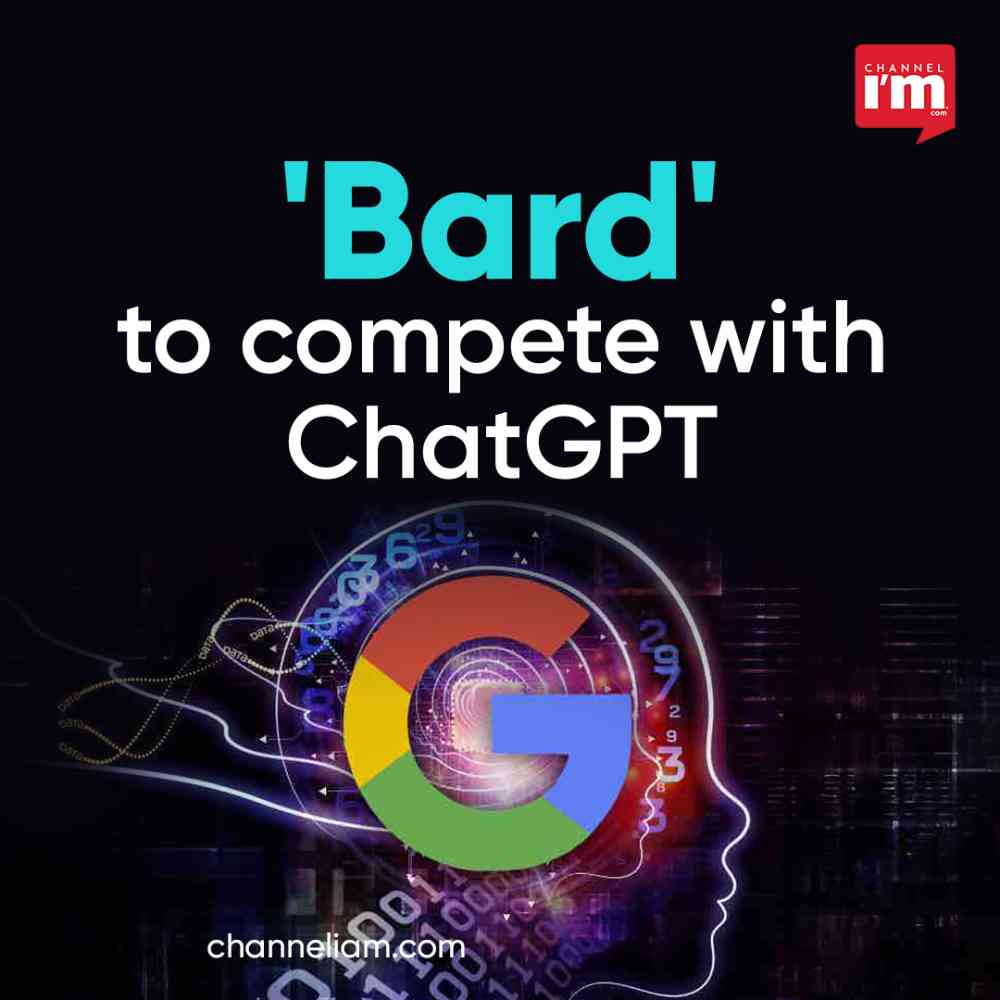The fastest-growing consumer app ever, ChatGPT, has recently been making headlines for all the wrong reasons. Bard will soon present some real competition, and additional peers and rivals are anticipated to appear soon as well.

Google’s Language Model for Dialogue Applications powers Bard (or LaMDA). However, in theory, the system’s operational structure is the same as that of every other conversational AI: It utilises data from the internet, transforming that information into unique responses to queries or other user input.
How Does Bard Work?
Similar to how the primary Google search engine now operates, Bard is made to provide general assistance. The Bard service can be used by users to coordinate a friend’s baby shower or to compare two Oscar-winning films.
The AI-powered development intends to answer more sophisticated questions like “Is the piano or guitar simpler to learn, and how much practise does each need,” which the search engine may not have been able to answer.
Of course, there are several obstacles to be solved in order to develop an artificial intelligence that can truly provide useful solutions across a wide range of study areas. There aren’t many programmes that have even come close to solving the problem.
